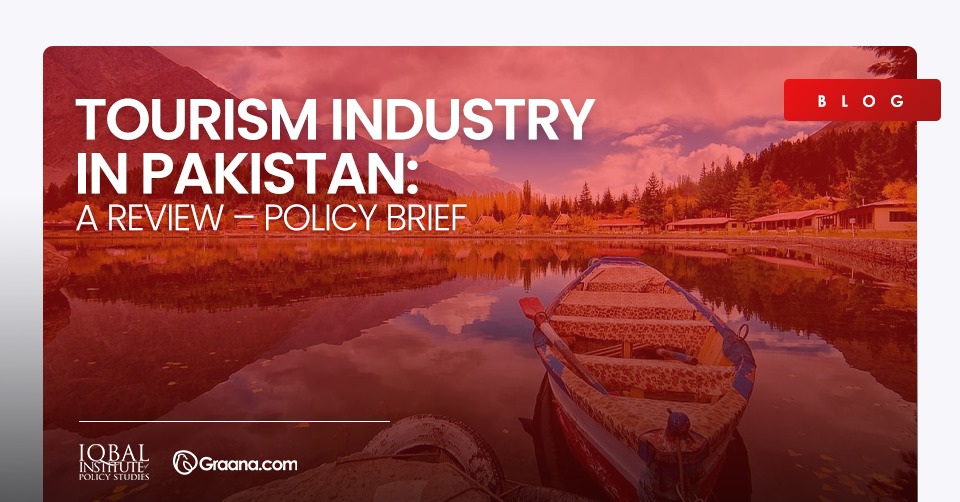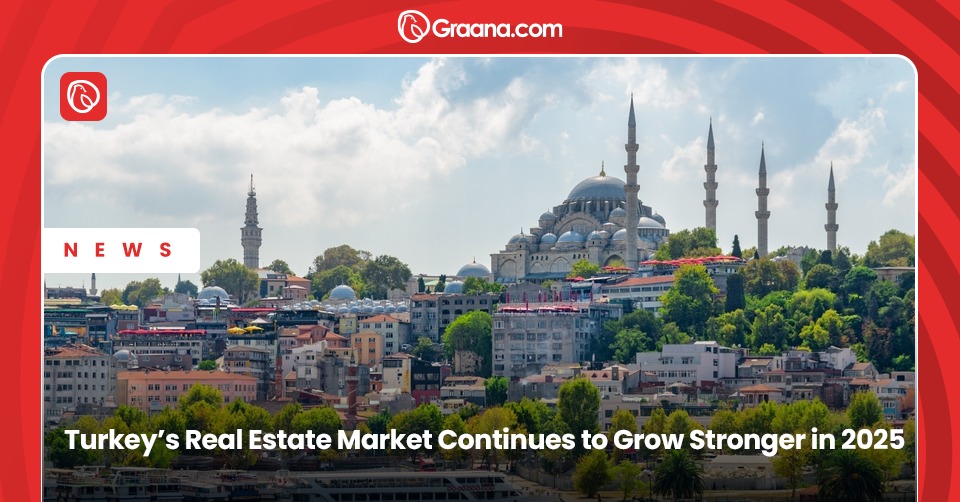Tourism growth can contribute to the economic development of low and middle-income countries. The tourism business combines with other services sectors, contributes to the growth of the global economy.
Developed countries are expanding their budgets towards the tourism industry to get more benefits from it (Rahman et al., 2018). Entertainment, shopping, food, transportation, lodging and beverage purchases are all categories of the tourism industry.
Pakistan is considered one of the top tourist destinations in the world, where visitors from different countries come to see cultural and historical sites.
As per PTDC, in 2017, around 2 million people visited the Northern areas (PTDC, 2019). Pakistan’s tourism industry comprises sport, adventure, eco-tourism, historical, gastronomy and religious tourism.
The country has seen a massive inflow of visitors in the last few years as the government has made efforts to make the visa attainment process easy. Moreover, the government has declared that tourists from 30 destinations can enter the country without a visa (Yousaf, 2021).
The country is famous for its scenic beauty, mountains, traditional dishes, stunning mosques and restaurants and the people’s hospitality. To promote tourism government has taken initiatives like ‘Emerging Pakistan’ and ‘Amazing Pakistan’.
Currently, Pakistan is rated at position 83, which means the country has a huge margin to elevate its tourism potential.
Graana.com in collaboration with the Iqbal Institute of Policy Studies, discusses the potential of the tourism industry in Pakistan.
Snapshot of the Tourism Industry
The Travel and Tourism Competitiveness Index (TTCI) evaluates “the set of issues and policies that permit the sustainable development of the Travel & Tourism. This sector creates employment opportunities for 3.34 million jobs (5.1% of total employment) (WTTC, 2021).
However, the total share of employment was about 6.0%, and the indirect contribution of the industry to total employment was about 3.550 million jobs and probably increase by 2.7% in 2027 to 4.783 million jobs (6.3% of total) (WTTC, 2017)
In 2013, the TTCI index ranking was dropped due to poor regulation and policies (Khan, 2013). In 2017, the worst ranking for Pakistan was visa requirements, ranking 135 out of 136 countries. Tourism branding and promotion were 125. The quality of tourism infrastructure rated 123, while hotel rooms got a ranking of 129.
Whereas in 2019 and 2022, the ranking improved due to the provincial government’s efforts. The Punjab government has registered 640 new hotels and restaurants after devolution. The restoration and renovation of various tombs and archaeological sites have been initiated.
Along with that, the government is ensuring the provision of public facilities like washrooms, golf carts, benches, and heritage rickshaws also helped increase the number of tourists (Ahmed, 2022).
To improve the country’s ranking, the Pakistani government has taken multiple steps, such as upgrading the business environment, tourism services, safety and security, health-related facilities and socio-economic resilience.
Different Types of Tourism In Pakistan
Religious Tourism
Religious tourism means visiting a shrine, a sacred place, or a worship building and sightseeing for gratification (Yeoman, 2009). The country not only holds Islamic heritage sites by other religious sites also, such as Gurdwaras at Nankana Sahib and Hasanabdal
The shrines are Data Ganj Bakhsh Ali Hujwairi, Hazrat Baba Fariduddin Ganj-e-Shakar, Mian Mir, Shah Hussain, Bahauddin Zakaria in Punjab, Shah Abdul Latif Bhattai, and Lal Shahbaz Qalandar in Sindh (Rasul, Fatima, & Sohail, 2016)
Archaeological and Historical Tourism
Pakistan is the home of ancient archaeological places of different old civilisations like the Gandhara civilisation of Buddhists such as Takht Bhai and Pushkalavati, and Indus Valley civilisations such as Mohenjo-Daro and Harapa.
As per the Zend Avesta, Gandhara is one of the six most attractive places on earth. Some of the famous archaeological sites are Purushapura (present Peshawar, also known as the city of men), Varmayana (present Bamyan), and Takshashila (present Taxila) etc.
Ecotourism
Eco-tourism is mainly about uniting communities, conservation and sustainable travel. The main cultural resources for the eco-tourism are museums, events, handicrafts, festivals, arts, crafts, and traditional food.
Pakistan has some of the best destinations for ecotourism, namely glaciers, high mountains (Karakoram, Himalayas and the Hindu Kush ranges), alpine meadows, rugged cliffs, coniferous forests, sub-mountain scrub forest, diverse flora and fauna (endemic and migratory), deserts, beaches, coastline, and wetlands.
The cultural festival includes the Shandur Polo Festival, Kalash festivals, Silk Rout festivals, Khanpur water sports festival, costumes, cuisines and hospitality of the host community.
Adventure Tourism
In northern Pakistan, few places are famous for their magnificence and majesty. These places are Shangla, Balakot, Hunza, Gilgit Baltistan, Chitral, Muree, Naran, and Neelum Valley. The Desai Highland is known as the highest plateau in the globe. Nonetheless, out of 14, Pakistan has the five highest peaks in the world, i.e., K-2, Nanga Parbat, Gasherbum 1, Broad Peak and Gaseherbum 2.
Snags of the Tourism Industry
Absence of a Tourism Body at the Federal Level
After the decentralisation of the government, i.e., the 18th amendment, the Federal Ministry of Tourism was abolished in 2011. This divide has created a gap in addressing the problems of the tourism sector.
Some matters only are resolved by the federal government, such as solving visa-related issues, establishing the country’s image abroad, the security situation of the country, and improving the quality and services of the tourism sector (Iqbal & Shahbaz, 2017).
Safeguard of Tourist
Pakistan has been affected by terrorism badly. To combat that country has faced severe financial and human loss. It has severely affected the infrastructure of the country. Due to terrorism and dilapidated infrastructure, Pakistan is facing a decline in tourism activities.
The terrorist attack negatively impacted tourism activities (Henderson et al., 2010). Foreign tourists avoid visiting places with a high chance of terrorism.
Difficulty in Acquiring a Visa
Due to the unstable political and economic situation, tourists are reluctant to visit Pakistan. On the contrary, it is difficult for tourists to get a visa. This matter becomes most critical when tourists enter from India into Pakistan.
Lack of Coordination among the Department
Different departments are clubbed with the tourism sector, such as environment, forestry, etc. These departments work in loneliness, and poor coordination deprives them of hurdles to establishing a leading tourism sector. The consequence reduces tourist inflow.
Private and Public Partnership
The government needs a huge investment to build resilient infrastructure for the tourism industry; providing these kinds of funds is difficult for the government. The private sector can contribute in this regard and participate in tourism development projects. Pakistan needs a supervisory structure describing the duties and functions to engage the private sector. Currently, the country lacks a policy framework that can attract private-sector investors.
Impotence Tourism Institution
After the 18th amendment, the tourism department’s management is the provincial government’s responsibility.
All the provincial government has the autonomy to operate, such as the Tourism Development Corporation of Punjab (TDCP), Tourism Corporation of Khyber Pakhtunkhwa (TCKP), Sind Tourism Development Corporation (STDC), Culture, Tourism and Archives Department Balochistan, Tourism Department Gilgit Baltistan, AJ&K Tourism, and Archaeology Department.
These organisations are not capable enough and lack the expertise to promote tourism through research, innovative growth, archaeology, and local culture/traditions.
Absence of Certification Criteria
Currently, restaurants and hotels are not implementing the certification standards and quality of services. The star system is planned to be implemented in the hotels to improve performance, but these criteria are not applied.
It is essential to implement laws to maintain standards of hotels, tourist guides and travel agencies for sustainable tourism. The laws include the Pakistan Tourist Guides Act 1976, The Travel Agencies Act 1976, and The Pakistan Hotels and Restaurants Act 1976.
Marketing and Promotion
The country could not emerge as a popular tourist destination because policies and the planning process did not appropriately include the planned method for promotion and marketing. The tourist expert highlighted that existing tourism publicity is disorganised, and the whole promotion attempt was poor because of inadequate investment.
In the last seven decades, Pakistan cannot introduce a successful brand for showcasing its tourism potential. Most countries in the world have introduced brands to promote tourism, such as India introduced the brand ‘Incredible India’ (Iqbal & Shahbaz, 2017).
Insufficient Information on Governmental Website
There are Provincial tourism advertising establishment websites, but these are not providing adequate information about the availability of hotels, tourist guides and transportation. There is a need to offer comprehensive online packages of tourism publicity for the exploration of country spots and attraction of tourists.
Dilapidated Tourism Infrastructure
To have a well-performing industry, it is essential to have sufficient infrastructure. The main infrastructure element is access to roads, airports, road transport, railway track, accommodation facility, tourist operator etc.
The overall infrastructure is less developing, and the government is giving less and no attention to revamping the existing and building new ones. There is no proper plan for the development of new sites.
The irregular development in the nearby tourist place is reducing its value and is detrimental to the environment. The roads and railways have to need a massive upgradation process. Moreover, the roads need to be repaired (Baloch, 2007).
Human Resource Development
The tourism industry is directly linked with the hospitality industry, which is service–oriented and requires skilful manpower. A shortage of skilled workforce causes the low quality of services presented to the tourists and difficulty in maintaining standards, discouraging the tourists (Rana, 2015).
Suggestions to Improve the Tourism Industry in Pakistan
- The government should make an effort to provide a safe environment for international and domestic tourists.
- All the unnecessary constraints for foreign tourists’ movement should be eliminated. An institutionalised strategy must be prepared to ensure quick issuance of permits for mountaineering, trekking, and travel allied no objection certificates.
- Promoting the substantial structures of tourist destinations and highlighting cultural significance like traditional festivals to attract international tourists is very prerequisite.
- To disseminate information about tourism, it is important to use different mediums such as television, radio, new paper and social media.
- To attract international tourists, the government can take advantage of various high commissions and embassies in various countries by opening liaison offices in them to provide information to the tourist about visas, destinations etc.
- To promote tourism, the government should encourage the official to participate in international conferences and exhibitions.
- The country has immense potential in religious tourism, and different tiers of government should develop strategies to promote religious tourism in the world and establish plans to protect the religious sites and also offer hospitality and services to the tourists for seeing the sacred places.
- It should contain good transport services like railway lines, airports, roads, seaports, communication facilities, shipping facilities, and lodging services.
- All the provinces should draft and implement the Tourism Policy to boost tourism potential. It should comprise socio-economic aims for increasing tourism growth, encouraging the involvement of public and private sectors, investment policies and rules and regulations regarding tourists and tourism.
- To handle the funds’ scarce issue government has to make conducive policies to involve the private sector to improve the infrastructure and incentivise in the form of tax relief and interest-free loans.
- The overall structure of the hotel industry should be upgraded as per the international standard.
- To improve the service, the country must introduce courses and training related to tourism and hospitality in multiple universities.
- To reduce environmental pollution, the concerned authorities should take appropriate actions, such as enforcing laws.




